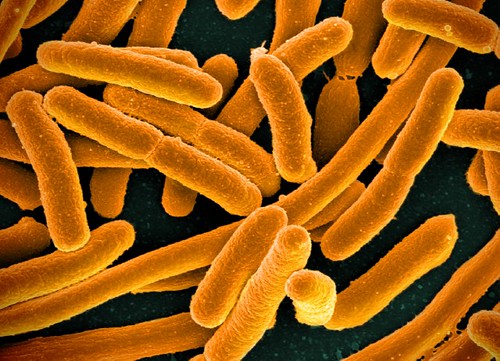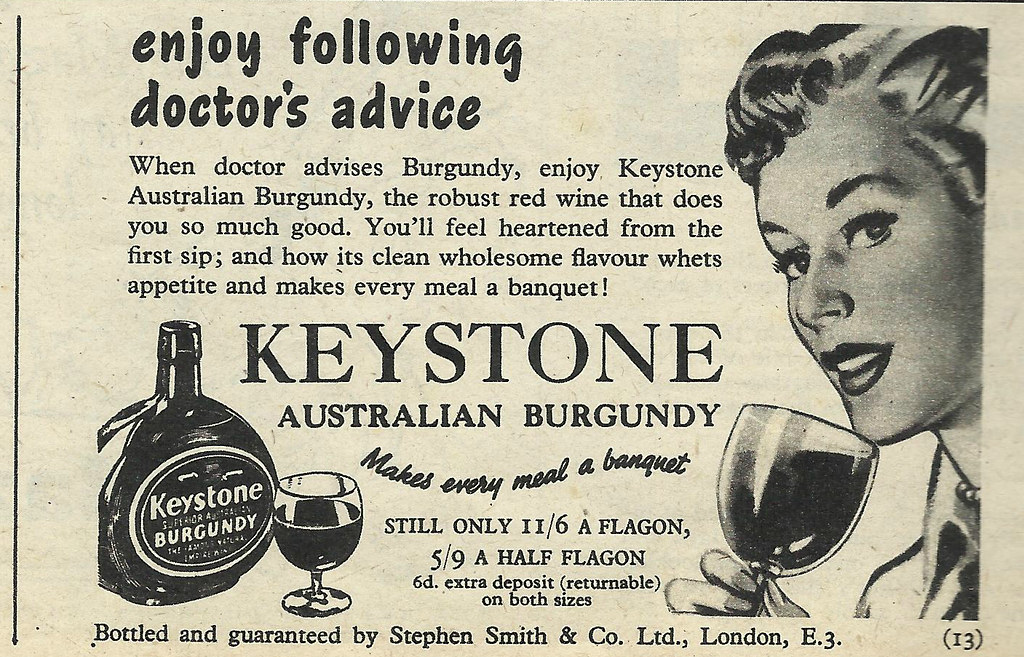One of the reported health benefits of wine is its antibacterial/antimicrobial properties. It is not completely understood exactly how wine functions in this manner, specifically which components of wine act as the microbial agents and how exactly do they do it. Is the antimicrobial mechanism of wine similar or different to medical antibiotics? With medical antibiotics, it is known that over time some bacteria can develop a resistance to it, and thus the medication stops working for the patient. What about wine? Can bacteria become resistant to wine over time?
A new super short study, published in January 2021 in the journal OENO one, aimed to evaluate whether or not resistance to medical antibiotics translates to resistance to the antimicrobial activity of wine for two types of bacteria.
Brief Methods
The two types of bacteria used in this study were Escherichia coli (E. coli) and Salmonella enteritidis (Salmonella). Additionally, two strains of E.coli and Salmonella that are known to show resistance to some antibiotics were also included in this study.

Antimicrobial susceptibility of the bacteria was tested (as in were they susceptible or resistant to the antimicrobial properties of wine).
Antimicrobial activity of wine was evaluated through time-kill curves.
Bacteria and wine were combined and mixed, then inoculated and incubated for 24hrs.
Bacterial growth was calculated as the number of colonies that could be seen by eye.
The wine used in this study was Vinagra Refosco from a winery in Slovenia (12.9% abv).
Short and Sweet Results
- Minimum time for prevention of bacterial growth for the bacteria/wine suspension was 3 minutes for the non-resistant E. coli strain, and 20 minutes for the documented resistant E. coli strain.
- In other words, wine stopped bacterial growth in 3 minutes when mixed with one strain of E. coli, and wine stopped bacterial growth a little slower – in 20 minutes – when mixed with the strain of E. coli that has known resistance to some antibiotics.
- Minimum time for prevention of bacterial growth for the bacteria/wine suspension for both Salmonella strains was statistically similar at 4 and 5 minutes.
Conclusions
Overall, this study showed that wine might act similar to medical antibiotics in that some bacteria may be more resistant to the wine than others.
From this study, it is not known if the bacteria was, in fact, killed, or if it was merely “temporarily incapacitated”. In other words, perhaps compounds in the wine temporarily provided the bacteria with an unpleasant growing environment, and once the wine is gone, the bacteria may begin to grow once the environment becomes more favorable.
It was interesting to see, however, how wine behaved similarly to medical antibiotics in terms of microbial susceptibility. In other words, wine took longer to “kill” or at least temporarily incapacitate the E. coli that is known for its antibiotics resistance than it did for the strain that is not resistant to antibiotics.

So, though the mechanism is unknown, antimicrobial sensitivity of wine might mimic that of known bacterial susceptibility of clinical antibiotics.
It is important to note that this was a very short foray into this topic by the researchers, so much more is needed to gain a better understanding of the antimicrobial activity and behavior of wine as it compares to traditional clinical antibiotics.
Still interesting, and it kept my word count under control for once!
Source: Boban, N., Tonkić, M., Grga, M., Milat, A.M., Mudnić, I., and Boban, M. 2021. Antimicrobial activity of wine in relation to bacterial resistance to medicinal antibiotics. ONEO one. 1: 45-48. [open access]
